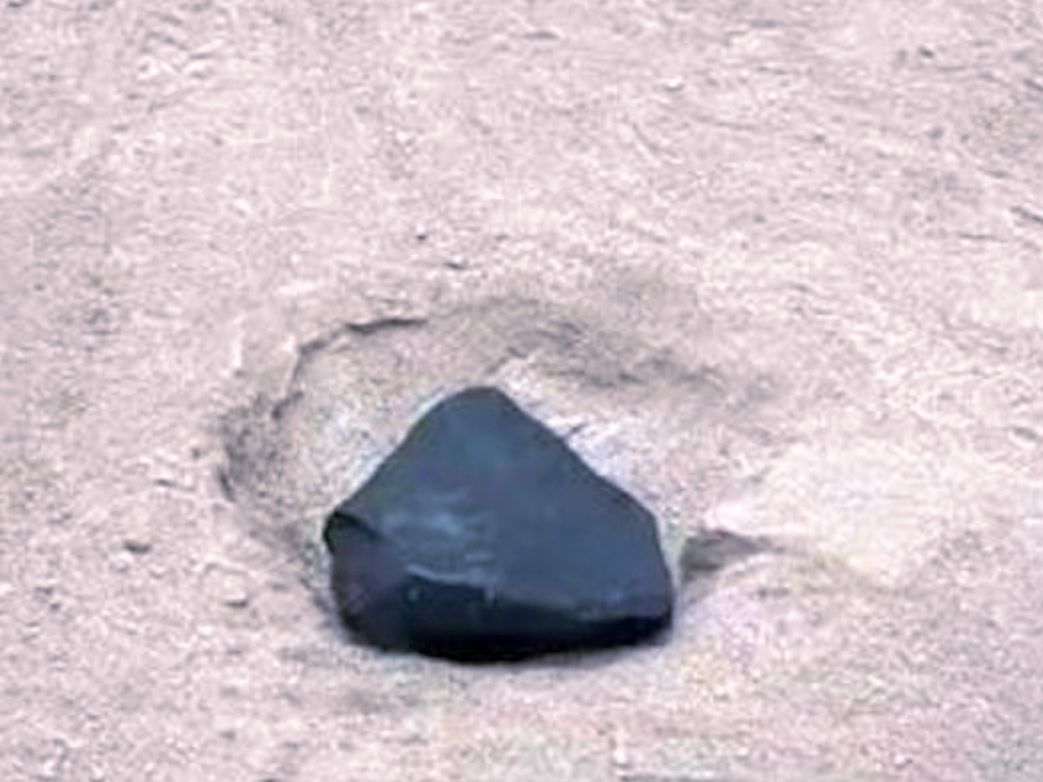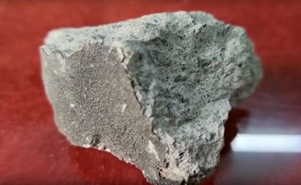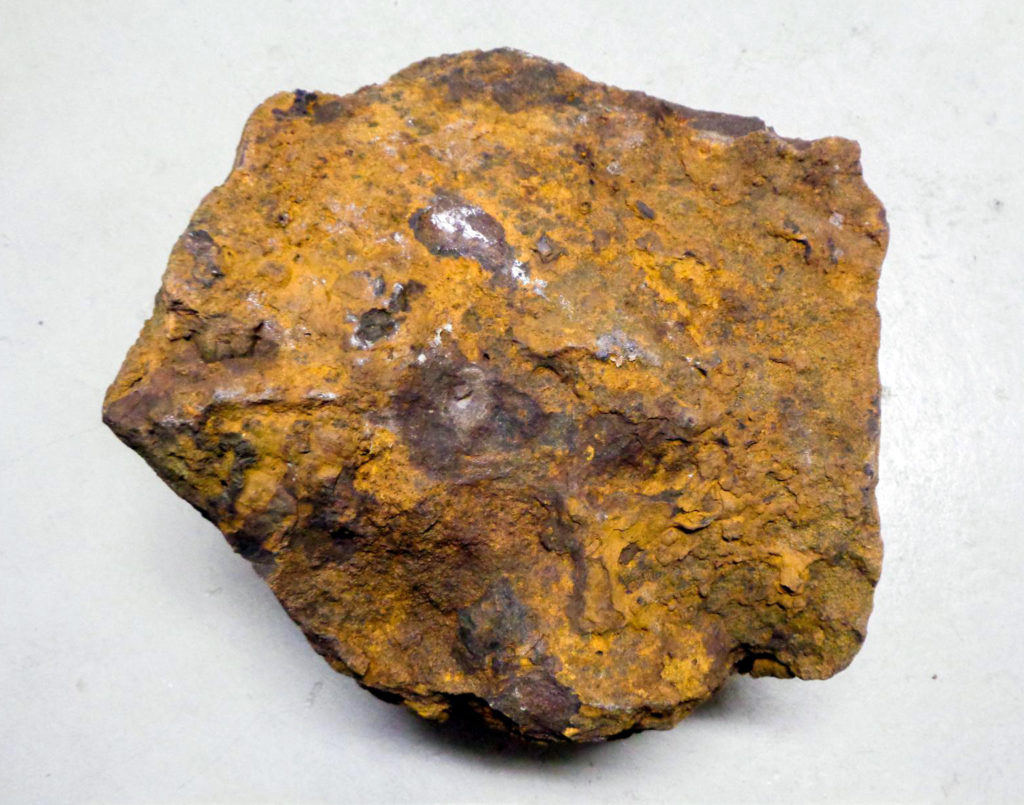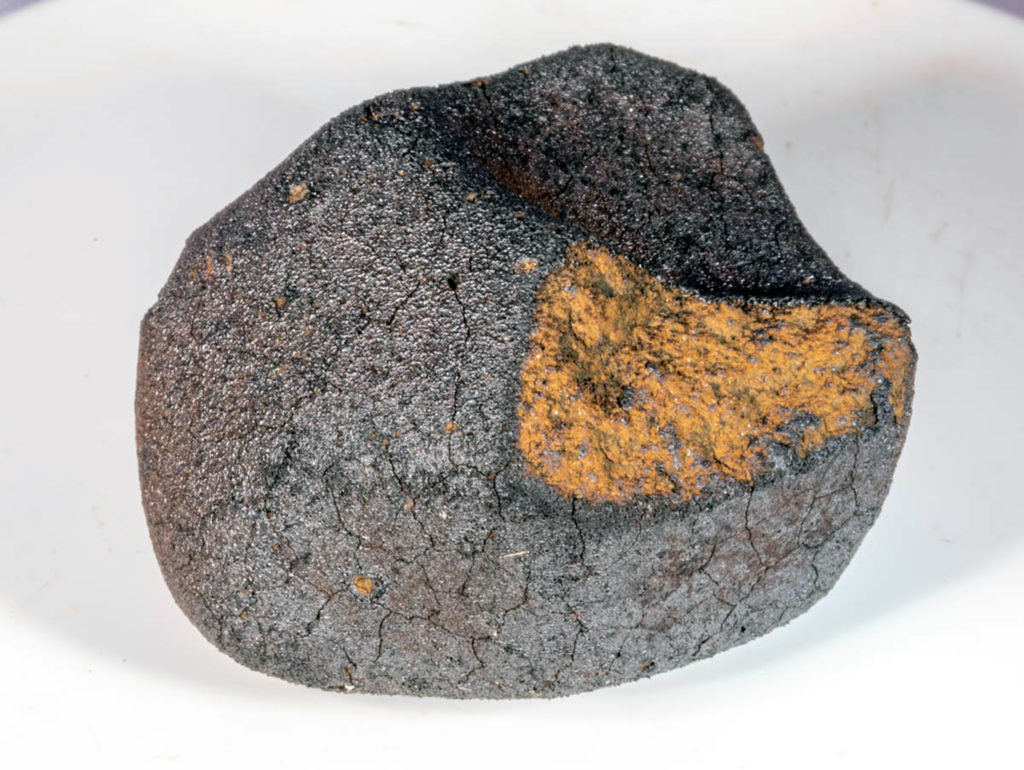238U/235U isotopic variations in angrites and their constituent minerals
Magdalena H. Huyskens, Yuri Amelin, Qing-Zhu Yin, Tsuyoshi Iizuka
Geochimica et Cosmochimica Acta
In Press, Journal Pre-proof, Available online 5 May 2025
“Ages of angrites, a diverse and rapidly growing group of differentiated meteorites, are important for understanding the history of their parent body, which is proposed to be an archetypal first-generation planetesimal. Angrites also commonly serve as a time reference in the early Solar System chronology. Pb-isotopic ages of angrites can be determined with high precision, and the isotopic composition of uranium thus becomes a major contributor to the age accuracy and its total uncertainty budget. Two main groups of angrites, the rapidly cooled (volcanic and/or impact-generated) and plutonic angrites, were previously found to contain uranium with different 238U/235U ratios. The variations in isotopic compositions between mineral carriers of uranium within individual angrites, which are directly relevant to calculation of accurate Pb-isotopic ages, have not been studied yet. In this study, we determined the 238U/235U for whole rocks, leachate and residue of whole rocks and mineral separates for two rapidly cooled angrites D’Orbigny and Sahara 99,555 and three plutonic angrites NWA 4801, NWA 4590 and Angra dos Reis. For the rapidly cooled angrites, all mineral separates as well as the whole rocks show consistent 238U/235U. Whole rock 238U/235U ratios for the plutonic angrites are distinctly lower than the ratios in the rapidly cooled angrites. In Angra dos Reis and NWA 4590, merrillite has higher 238U/235U than pyroxene, and both minerals have higher 238U/235U ratios than the respective whole rock, suggesting the presence of an unidentified mineral host of uranium with lower 238U/235U. These differences in U isotope composition could be possibly attributed to a combination of mass dependent and mass-independent isotope fractionation driven by the differences of oxidation state, and coordination in the crystals. We recalculated the existing Pb-isotopic dates when possible with the measured 238U/235U for the minerals that were used for the Pb-isotopic dating. The differences in U isotopic composition between cogenetic minerals point to the importance of 238U/235U determination in specific minerals that are used for Pb-isotopic dating for plutonic achondrites, rather than U isotopic data for bulk meteorites”
































